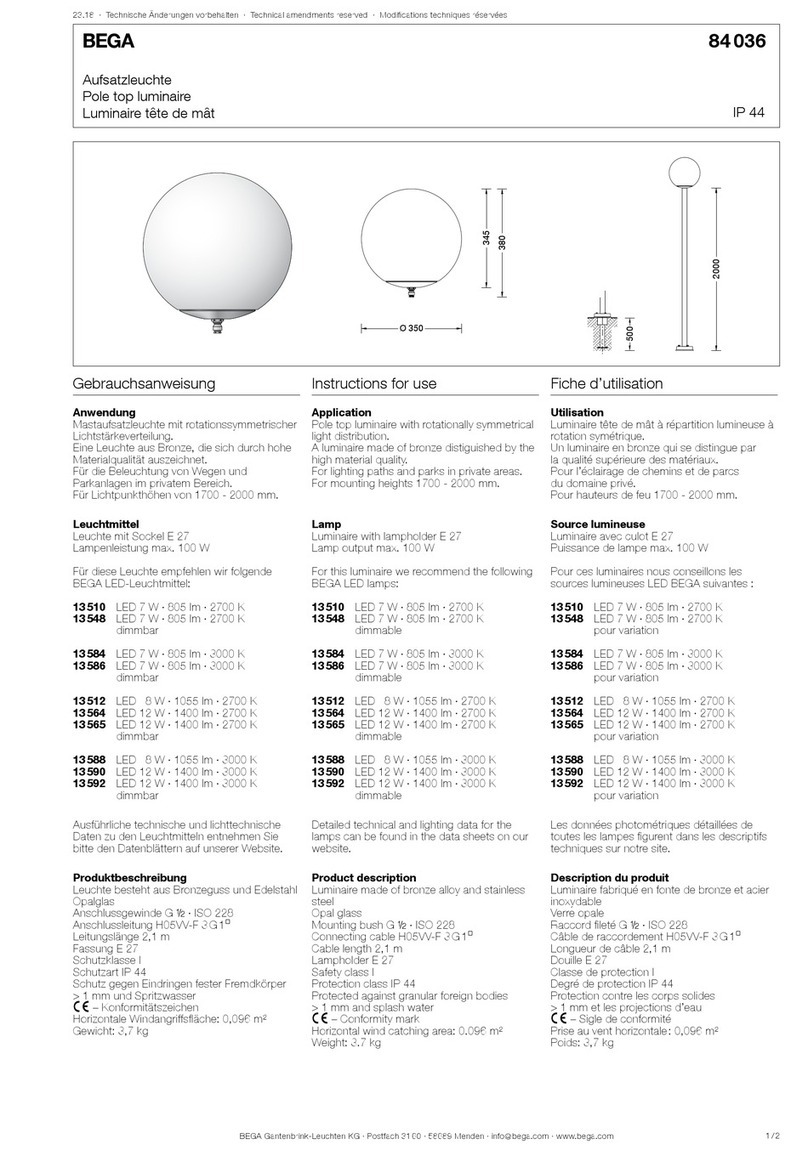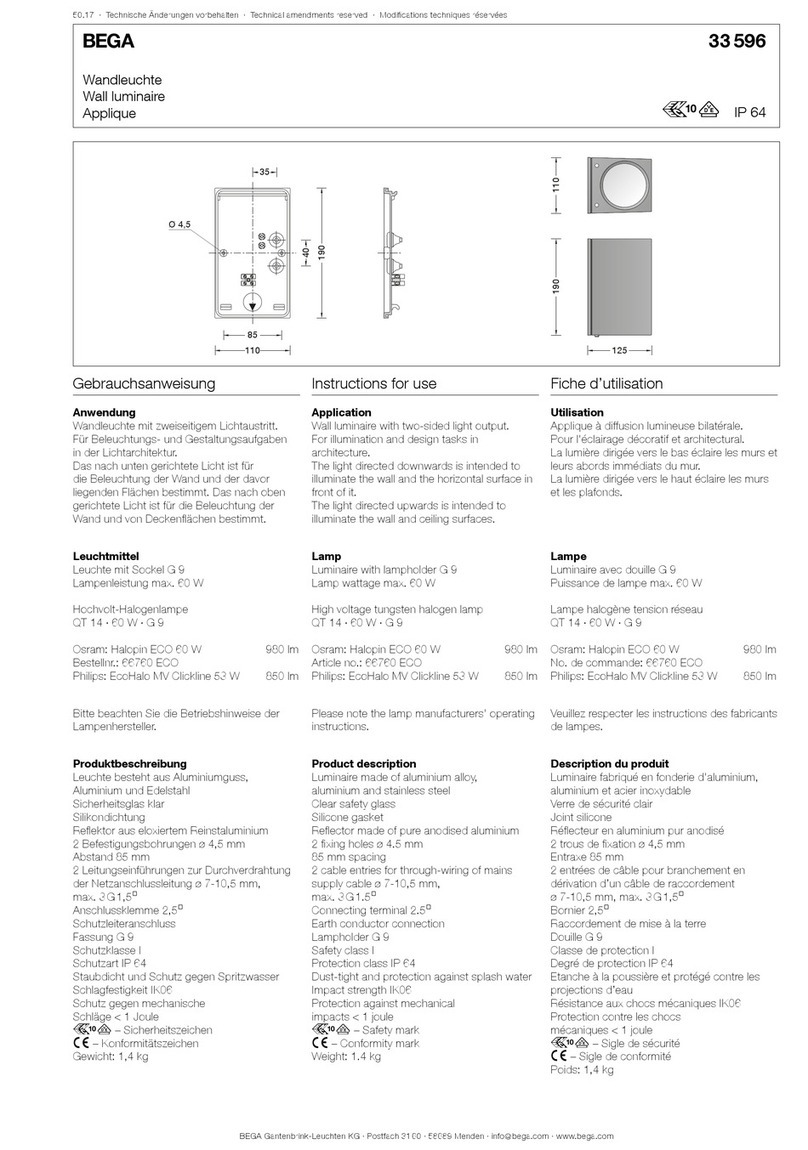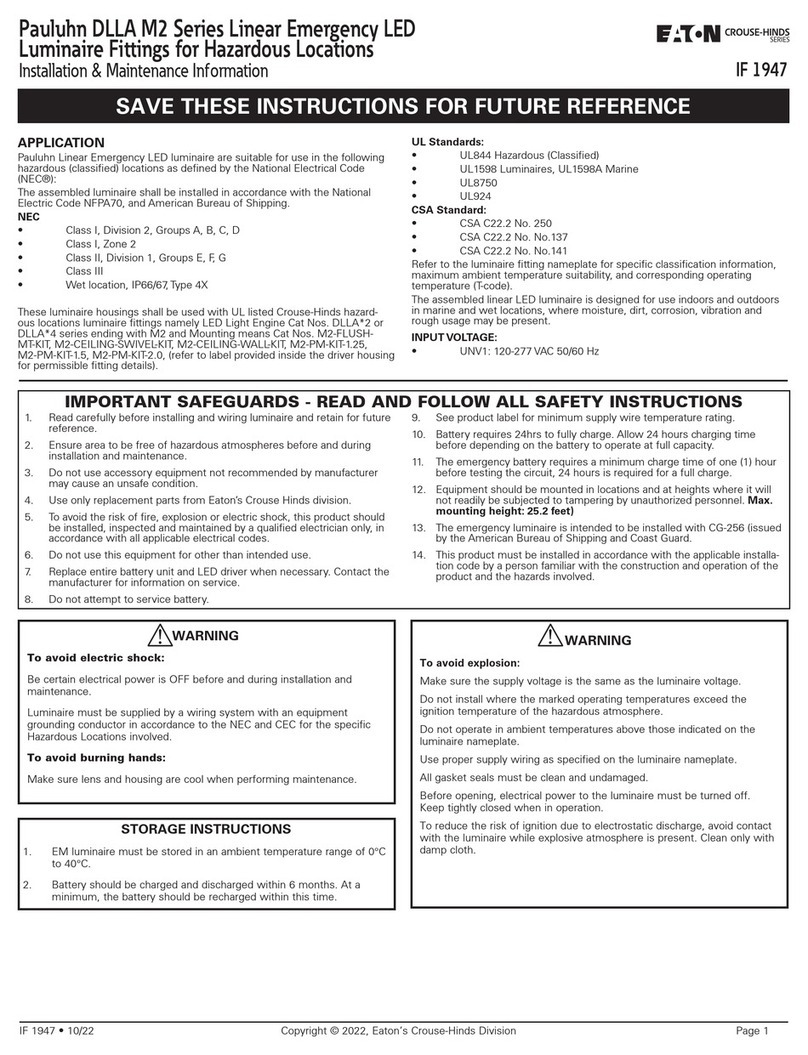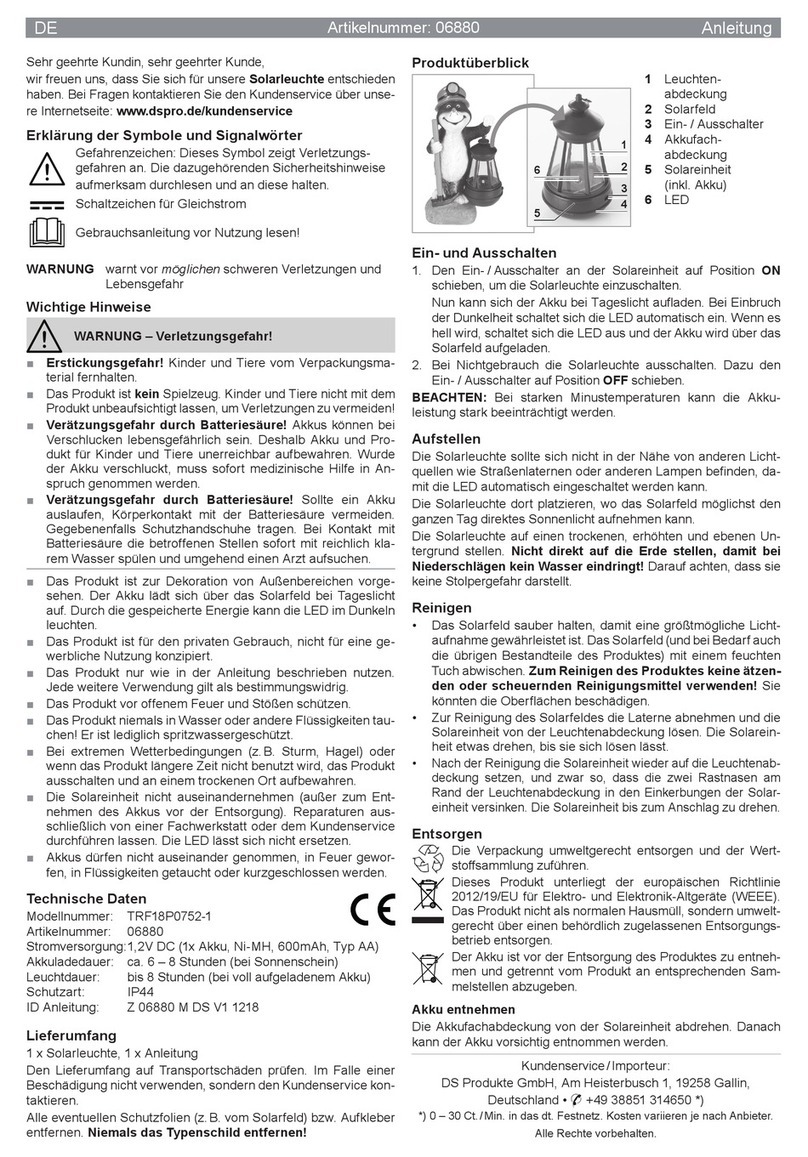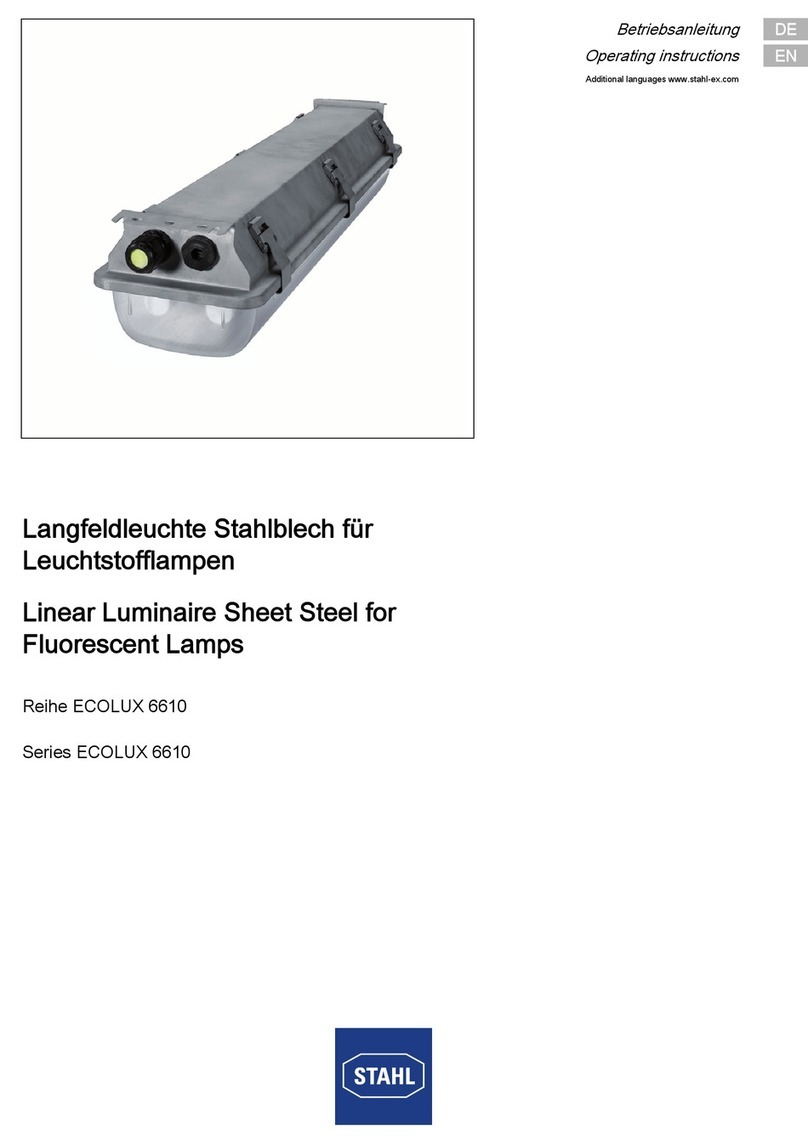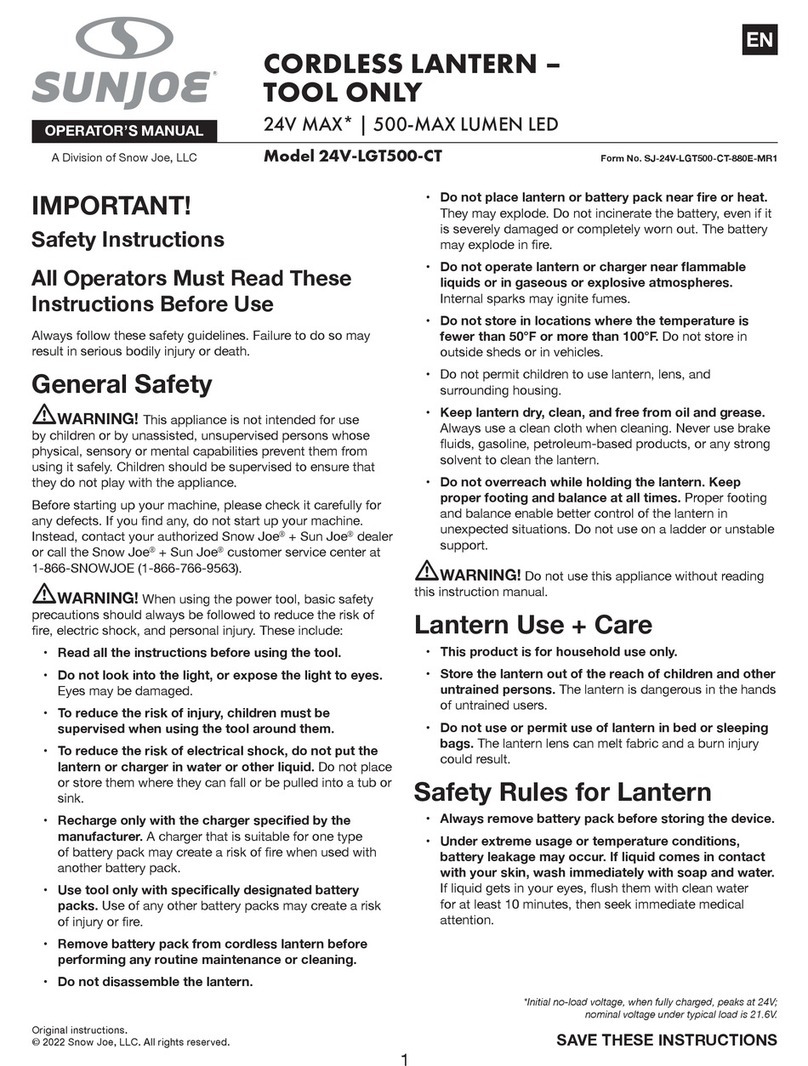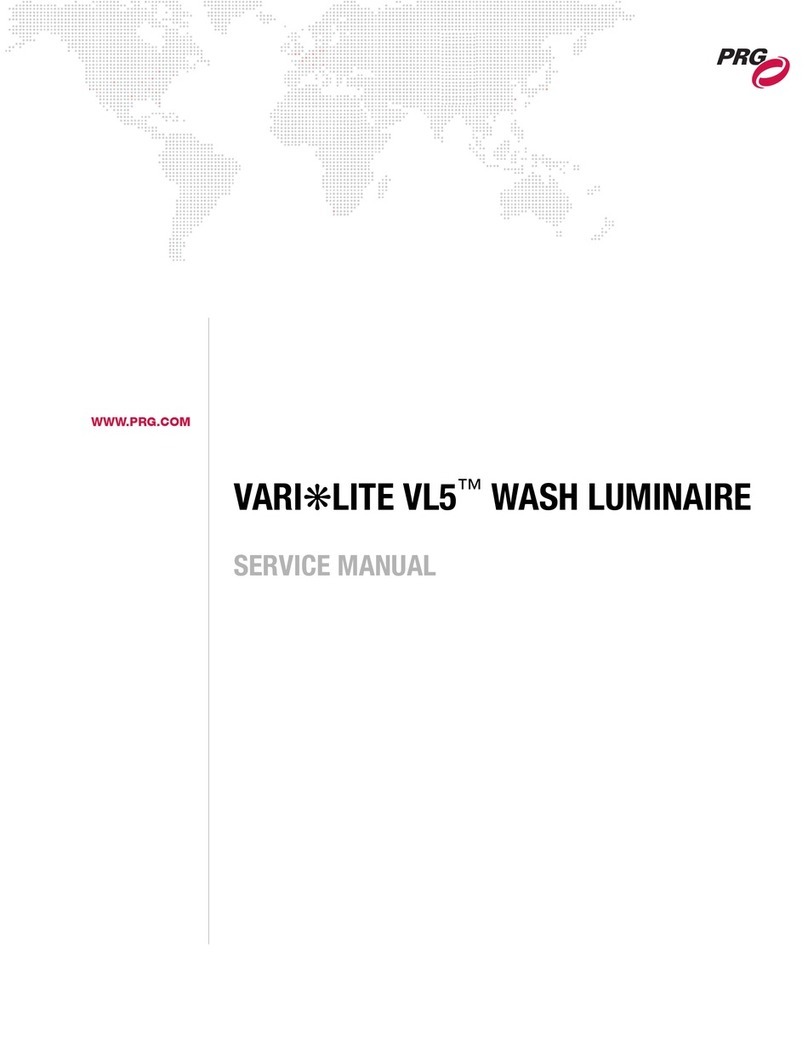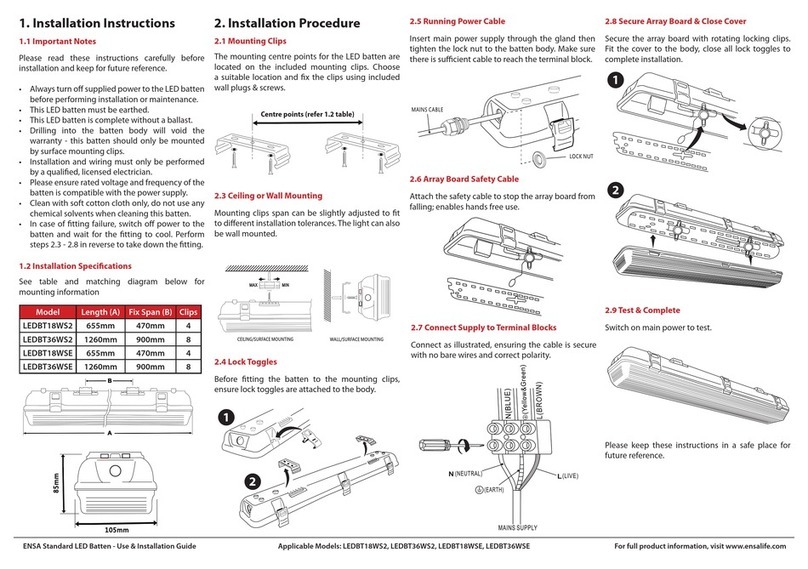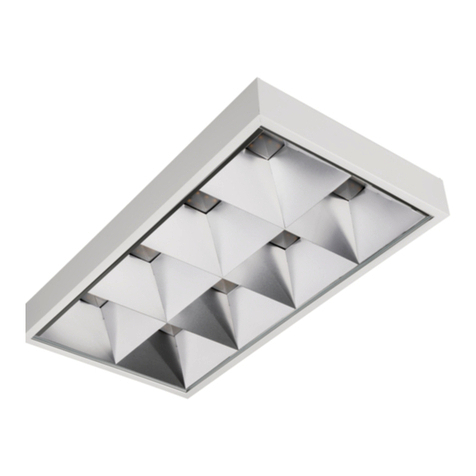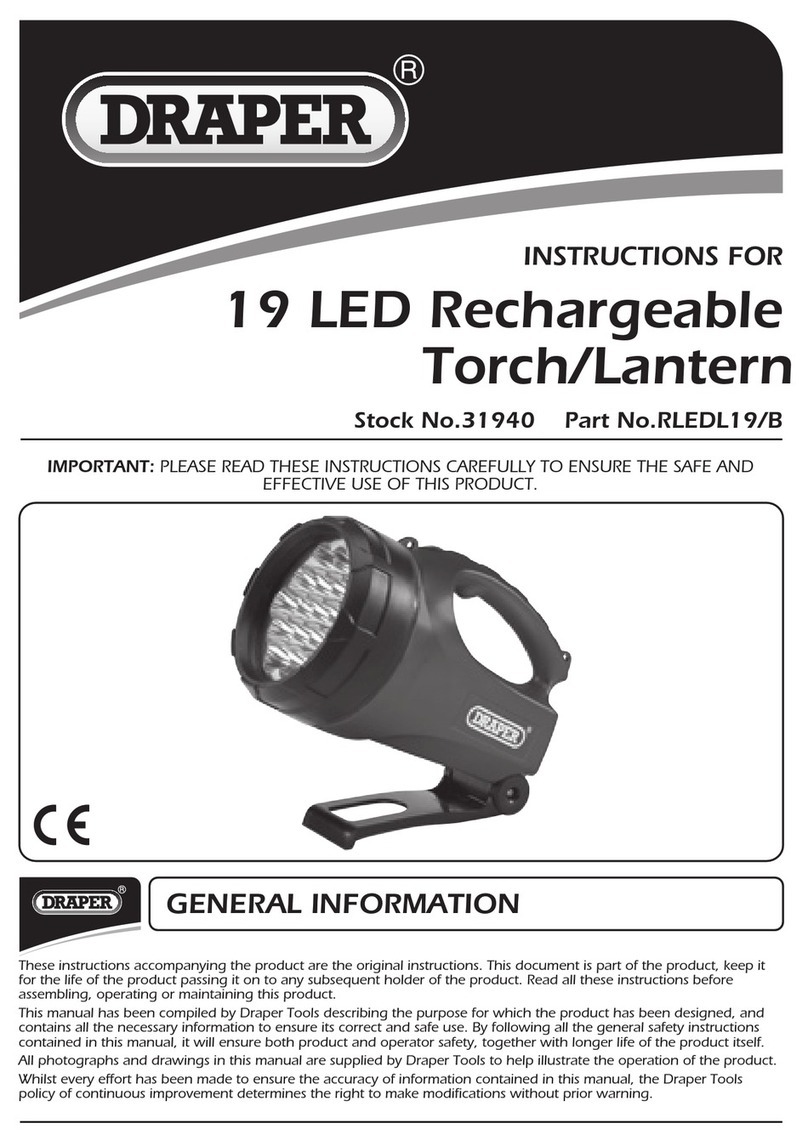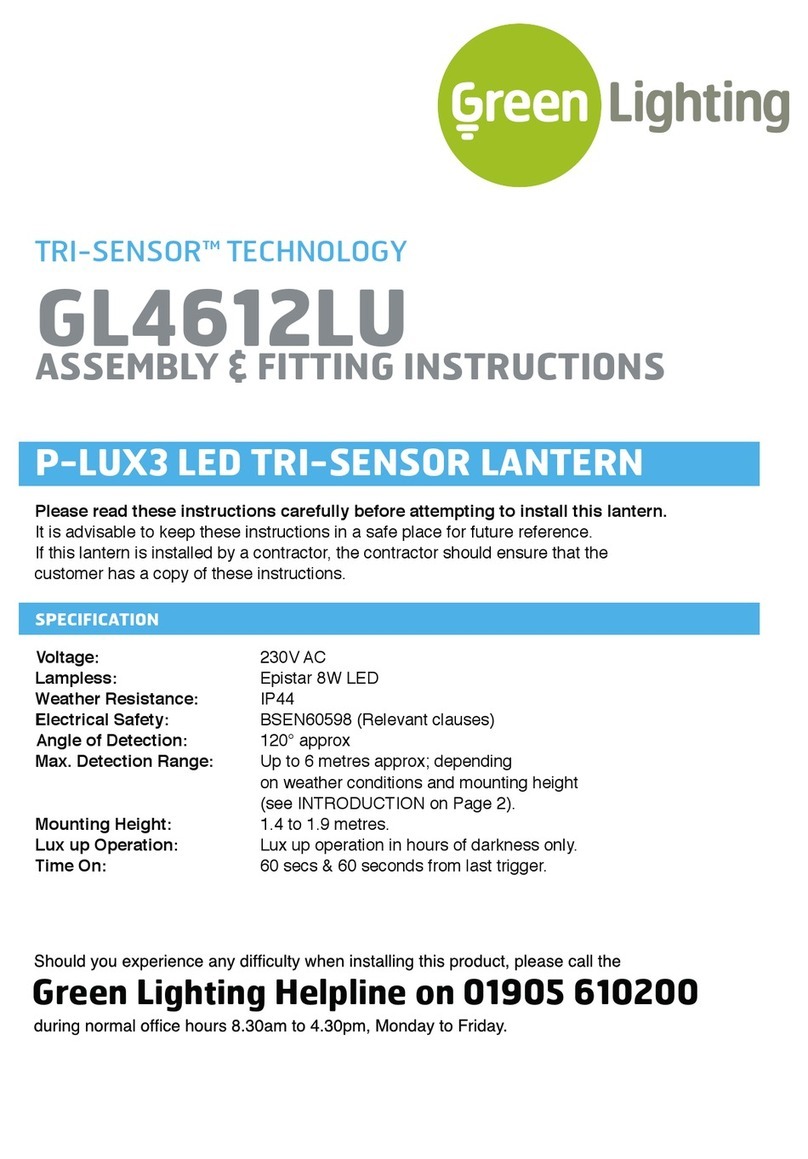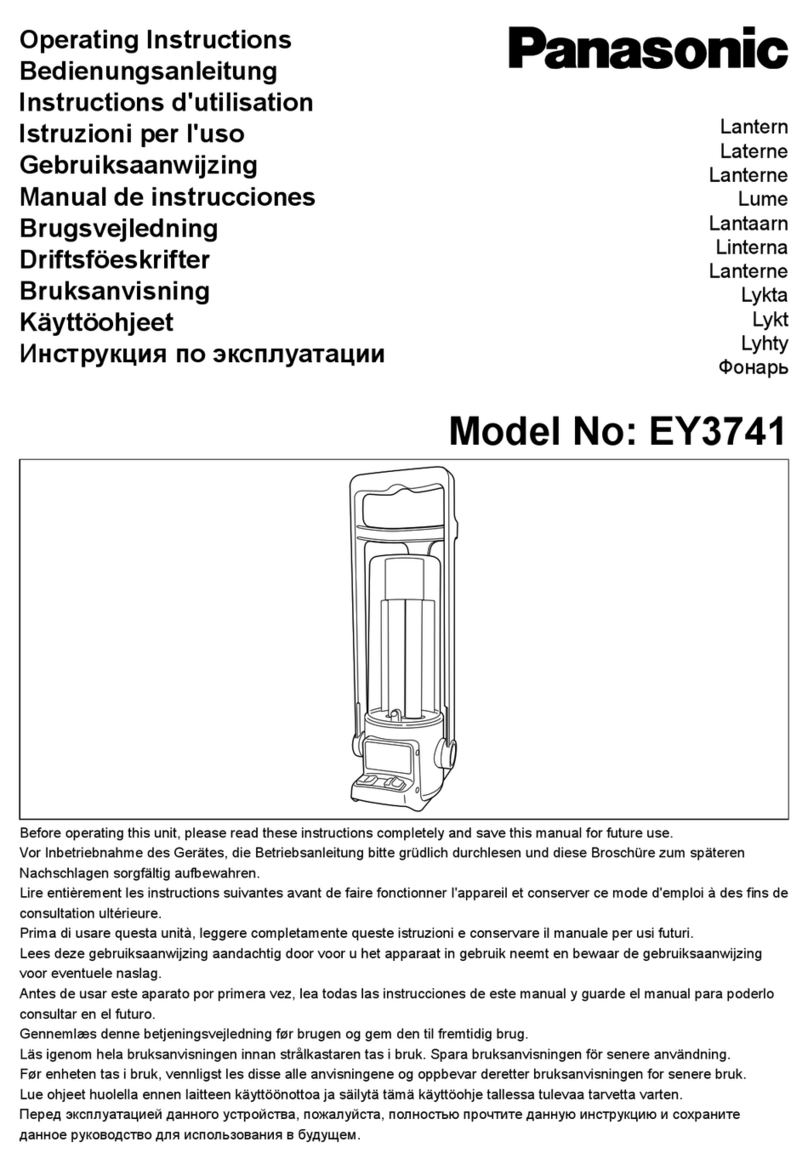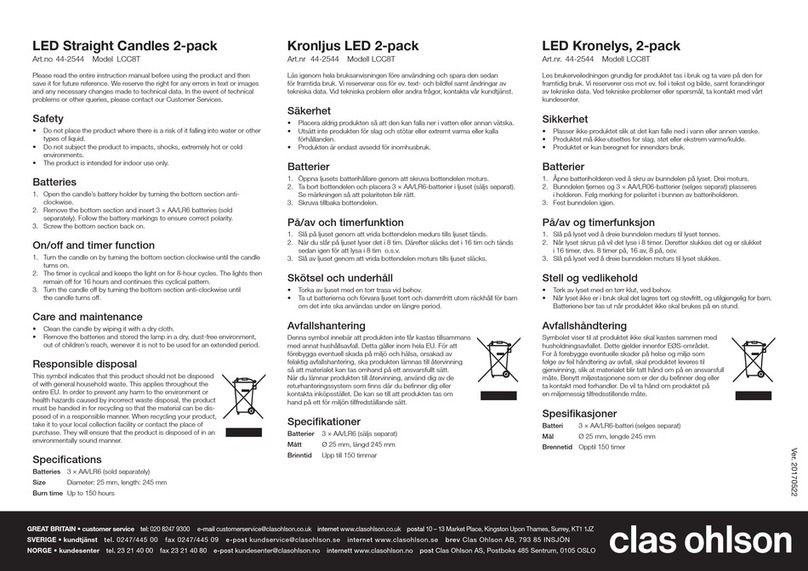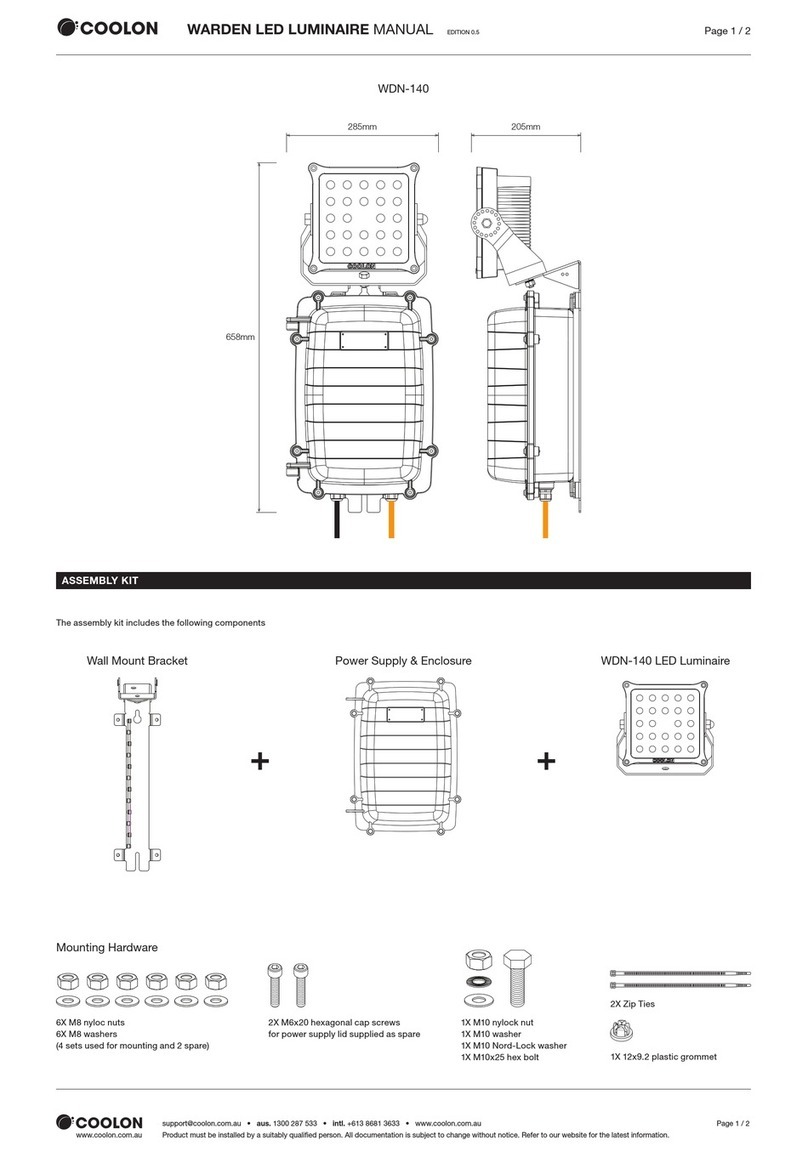OPERATING INSTRUCTIONS
Once the antenna is mounted to a mast or tripod, connect a N-type coaxial cable
from the horn antenna to a receiver or RF generator. The cable should be matched
to 50 ohms, and it is recommended to use a high-frequency low-loss cable (i.e.,
SAC-18G-3 Low Loss cable). For certain applications where an increased dynamic
range is required, an optional preamplifier (PAM-0118P) may be used to increase
the total system sensitivity.
CAUTION: Even though the horn antenna does not
have any ESD concerns, touching the horn antenna
while connected to a sensitive preamplifier may cause
damage to that device.
The antenna factor is used to convert the receiver reading to field intensity. In
measuring the field intensity with the standard gain horn antenna, add the antenna
factor to the receiver reading (dBuV). The antenna factor supplied with each antenna
is individually calibrated at 1 Meter using the three-antenna technique per ARP-958.
The 1-meter measurement point is measured from the aperture of the antenna.
ADDITIONAL NOTES
These waveguide horn antennas will respond well beyond their specified frequency
ranges. The operational range of the waveguides themselves dictates the specified
frequency range of the antennas.
The coax-to-waveguide adapter is the only power-limiting component on the
antenna and can be removed if high fields are desired.
As mentioned before, the standard gain horn antenna has an approximate 15 dB
gain with a 30-degree beamwidth. Other horn antennas are available with different
apertures and flare angles that will increase or decrease the gain of the antenna. As
the gain increases, the beamwidth will decrease. Call us with your specification and
discuss your needs with one of our design engineers.

